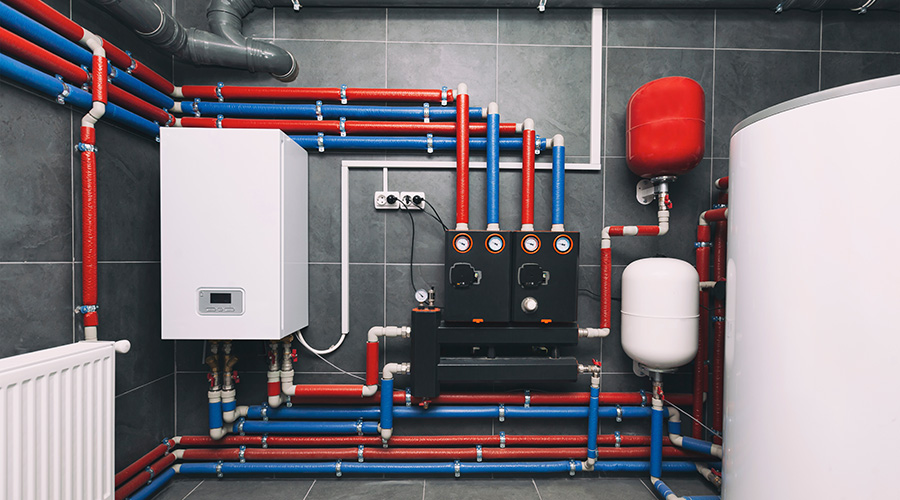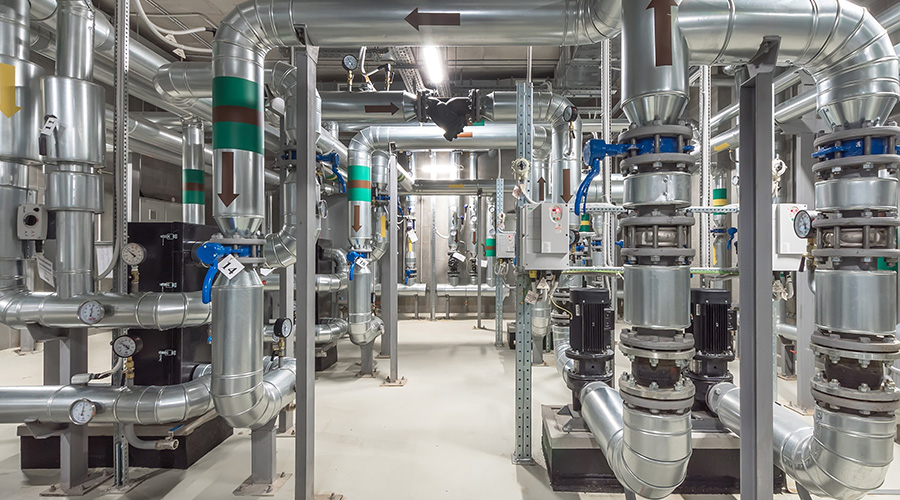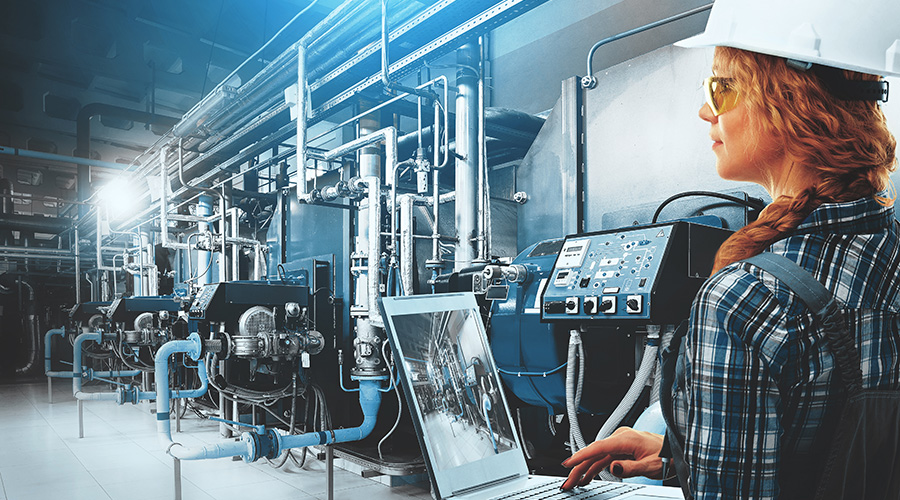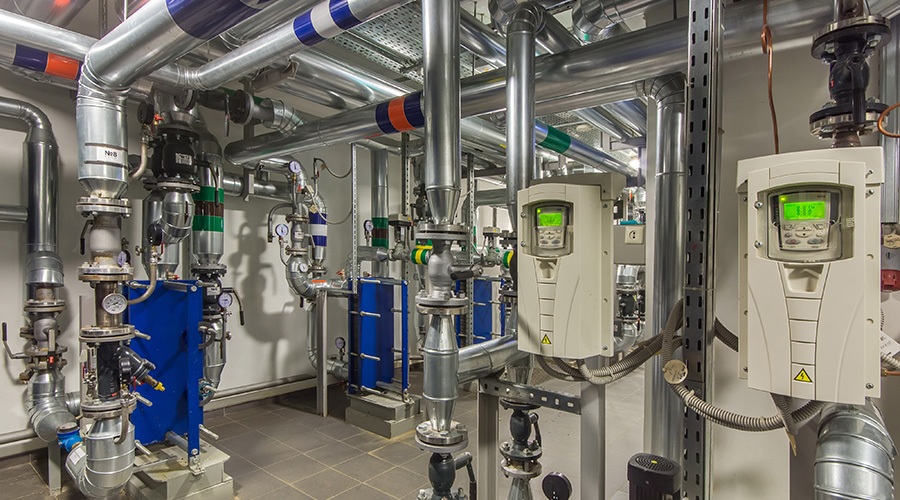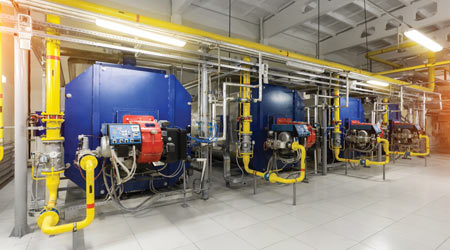 Advances in boiler and water-heater designs and control systems give managers and technicians effective tools to meet performance demands.
Advances in boiler and water-heater designs and control systems give managers and technicians effective tools to meet performance demands.Three Steps to Boiler Performance and Efficiency
Training, maintenance and smart decision making can help managers maximize the investment in essential technology
Boilers and water heaters are key components in any program that maintenance and engineering managers implement to reduce energy and water use in institutional and commercial facilities. Such efforts can be challenging though, given the role of the equipment in facilities operation and occupant comfort. Lose a boiler at the wrong time of year, and managers risk having to close down operations and incurring potentially expensive damage to the facilities and their contents.
The ongoing challenge for managers is to ensure reliable operation while minimizing short- and long-term energy and operating costs. Fortunately, advances designs and control systems give managers and technicians effective tools to meet performance demands. Three effective steps can help managers make the best use of these tools.
Effective training
Boiler and water-heater systems are not what they used to be. Technicians cannot simply start them up and let them run on their own — not if managers expect to get maximum performance and efficiency for the long run. Reliable and efficient operation requires proper setup, good operating practices, and close attention to maintenance, all of which require proper training of all involved personnel.
The first step in setting up a boiler and water-heater training program is conducting a needs assessment. What kind of skills do operators and maintenance personnel have? Have they worked with the latest generation of boilers and boiler control systems installed in the facility, or is their experience limited to older systems that did not have the level of technology found in today’s systems? Even managers who are not upgrading their boilers should not assume that technicians’ existing skills are good enough. They need to identify technicians’ specific level of skills.
Next, managers need to work with the boiler manufacturer to determine the level of skills needed to perform the required operating and maintenance tasks for the boilers installed, with emphasis on those that in-house technicians will perform. Compare those requirements to the skills that in-house personnel have. How close is that match? In what areas is additional training required? How basic or how advanced is that required training? If training is to be effective, it must match the desired skills.
Beyond the training manufacturers offer, managers have a number of options. Boiler training programs are available in a number of different formats, including those that are led by instructors, hands-on workshops, self-paced home-study programs, and on-line continuing education programs. Instructor-led programs and hands-on workshops can take place either off-site or on-site depending on the needs of the operation and the number of employees participating.
Again, before locking into a particular training program, managers need to understand its goals. What do employees need to know? Do they generally understand how to operate and maintain the equipment properly? If so, the training program serves as a refresher program to enhance those skills.
Have there been changes in regulations that now require some employees to be certified in order to perform their duties? Has the facility invested in a new boiler system that operating and maintenance personnel have never worked with before?
Related Topics:












